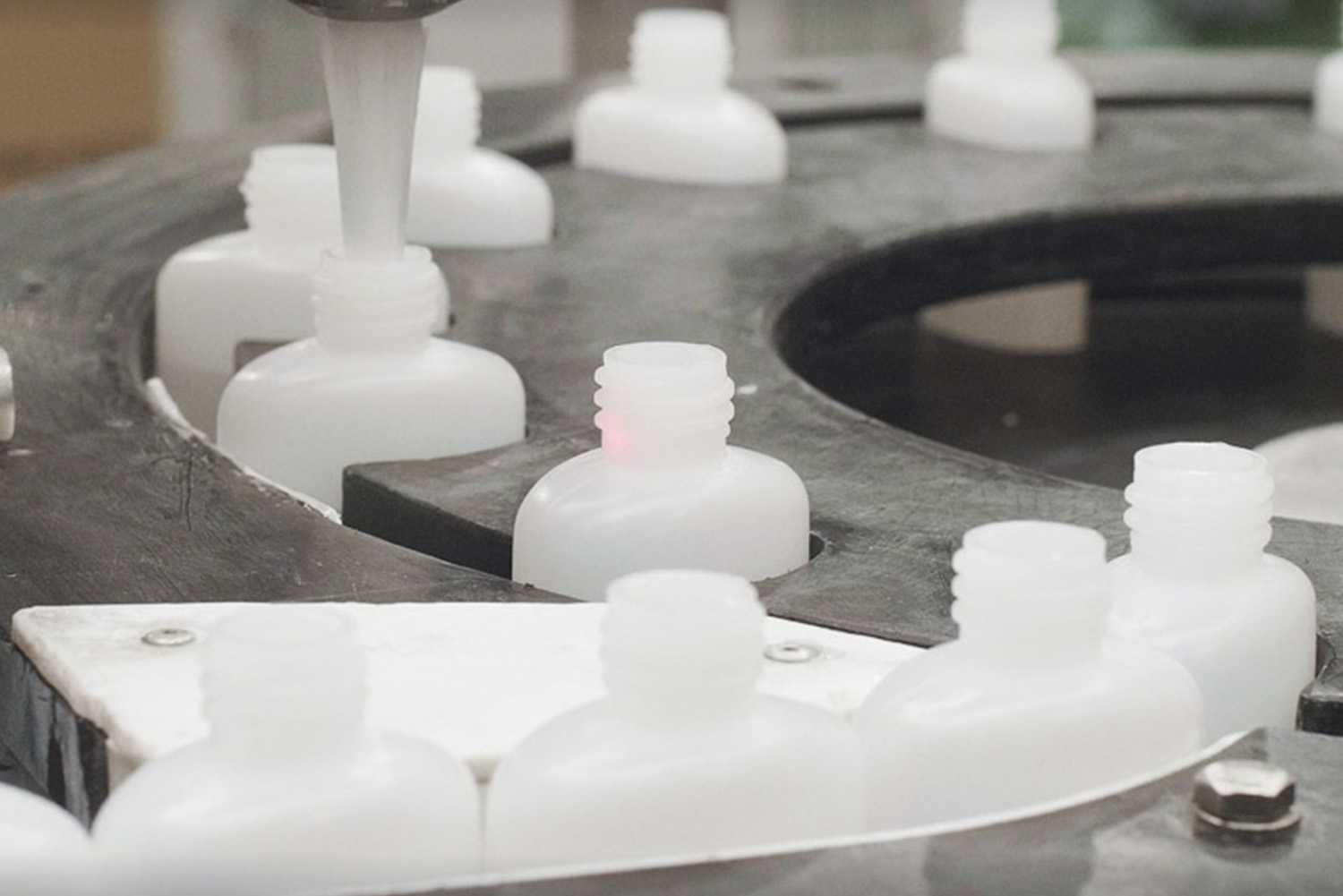This glue, commonly known as “cyano glue” or “super glue”, has its origins in the 1940s. It was accidentally discovered by American chemist Harry Coover while working for Eastman Kodak. In 1942, Coover and his team were researching chemical compounds to develop a transparent material for rifle sights during World War II. During their experiments, they discovered a compound called cyanoacrylate, which had the ability to adhere quickly to various surfaces when it came in contact with water.
However, at the time, Coover did not fully recognize cyanoacrylate’s potential as an adhesive because of its rapid polymerization and solid film formation in the presence of moisture. Instead, the Eastman Kodak research team focused its efforts on other applications for the compound.
It was not until the 1950s that cyanoacrylate found its true purpose as an adhesive. During a demonstration in a research laboratory, Coover and his colleagues realized cyanoacrylate’s amazing ability to quickly bond objects with considerable strength. This revelation led to the development of the first commercial cyanoacrylate-based adhesive, known as “Eastman 910.” Since then, cyanoacrylate has been widely used in a variety of industrial, medical and do-it-yourself applications due to its fast bonding action and adhesive strength.

